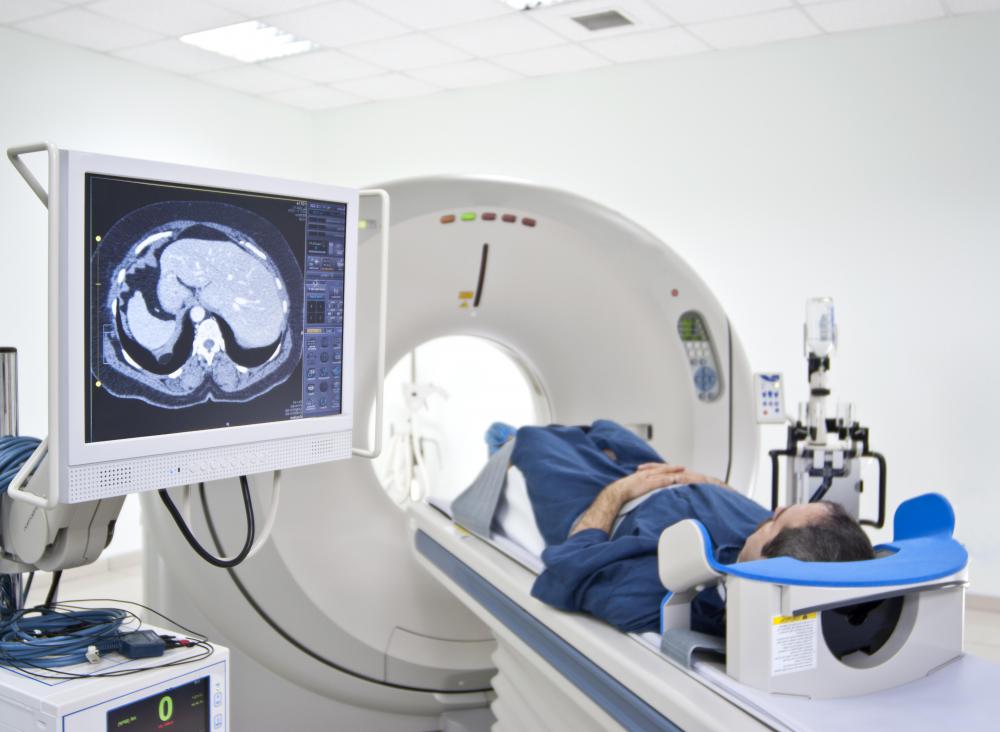At WiseGEEK, we're committed to delivering accurate, trustworthy information. Our expert-authored content is rigorously fact-checked and sourced from credible authorities. Discover how we uphold the highest standards in providing you with reliable knowledge.
What is Non-Invasive Cardiology?
Non-invasive cardiology involves the use of ultrasound or other imaging techniques to diagnose heart disease. Most medical centers and universities provide specialty training in non-invasive cardiology. Patients generally opt for non-invasive cardiology testing as a preventative measure.
Cardiologists and radiologists utilize several technologies and other equipment to evaluate the presence of cardiovascular disease in a patient. In invasive cardiology, doctors use stents, catheters, and other tools to enter through the patient’s blood vessels to examine the heart. Non-invasive cardiology does not require entry into the body. Instead, doctors can assess the patient’s heart health through imaging, CT scans, and stress tests.

Magnetic resonance imaging (MRI) generates still and moving images of the heart, including the valves, vessels, and surrounding tissues. A CT scan, or computed tomography, also produces images of the heart’s anatomy and function. During this kind of non-invasive technique, the doctor injects a special contrast dye into the patient, and the dye works with the scanner to produce X-ray images of the heart. An electrocardiogram is another common procedure of non-invasive cardiology that records the heart’s overall activity.

Other tools used in non-invasive procedures include a transthoracic echocardiography (TTE), transesophageal echocardiography (TEE), and stress echocardiography, all of which monitor overall heart health and detect disease, infections, or other conditiosn. A TTE exam uses a transducer, which is placed on the chest, to produce images of the heart as it pumps blood through the chambers and valves. During a TEE, the doctor places the transducer into the esophagus to record images of the heart in motion. Similar to the TTE, a stress echocardiography involves the use of a transducer. For this particular procedure, the doctor records the heart rate and monitors blood pressure while the patient exercises on a treadmill.
Medical students and physicians participate in specialized training for non-invasive cardiology and related procedures. Training can vary, but courses often come as part of a residency, fellowship, advanced degree program, or continuing medical education. Training focuses on stress testing, interpreting electrocardiograms, analyzing echocardiographic images, and learning cardiovascular computed tomography.
Non-invasive cardiology provides the benefits of detecting and treating early symptoms of heart disease. Patients with health or genetic risks generally qualify for stress tests or scans as alternatives to cardiac catheterization or other invasive procedures. Doctors perform non-invasive cardiology procedures on an outpatient basis, and the tests last anywhere from 30 minutes to one hour. Specific procedures, such as the stress echocardiography, require patients to fast four to six hours before the test. Otherwise, patients generally do not need to prepare beforehand.
AS FEATURED ON:
AS FEATURED ON:












Discuss this Article
Post your comments